7 Most Likely Causes of Pain in the Foot Arch
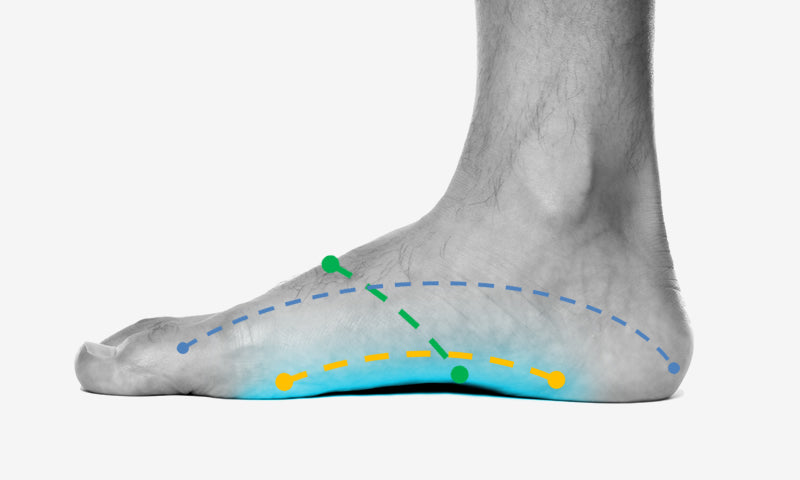
Your feet and ankles are considered the foundation of your entire body and contain almost a quarter of the body’s bones. They are where a majority of the body movements begin therefore must be able to properly support your body so that you are well balanced, less likely to injure yourself and have increased levels of endurance.
Unfortunately, foot pain is a common problem which can be caused by a variety of different reasons. Addressing any issues and instances of foot pain is important as pain can be an indicator of something being not right.
Anatomy of the Foot Arch
Each foot contains twenty six bones each, which should form two arches in a healthily developed foot. The longitudinal arch of the foot runs the length of the foot and the transverse arch runs through the width.
All of the bones in the arch fit together and are held by fibrous tissues which are known as ligaments, the muscles of the feet provide a secondary form of support to each foot.
Fat pads are also present in the base of the foot to assist with weight bearing and absorbing impact of forces placed on the foot. Arch pain is what occurs when something goes wrong and disrupts the function and interaction of these intimate structures.
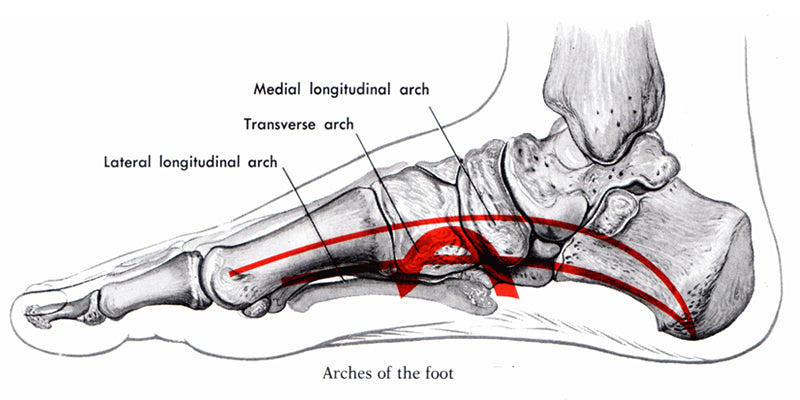
Any pain in foot arch is often referred to as ‘arch strain’. This form of pain may begin as mild, however if it increases without being resolved early it can become distracting and hinder your lifestyle and daily activities. Simple activities such as walking, standing or any pressure placed on the foot can begin to feel unbearable or leave you in severe distress.
To help you identify the potential reason for your arch pain, here are 7 of the most likely causes of pain in the foot arch.
Most Likely Causes of Pain in the Foot Arch
1. Plantar Fasciitis
The plantar fascia is a thick band of fibre which runs throughout the sole of the foot. The plantar fascia’s main purpose is to support the arch of the feet and transmit forces across your feet as you move. One common problem which can occur and cause pain in the foot arch is known as plantar fasciitis.
When there is excessive stress placed on the plantar fascia, such as when you are on your feet for long periods of time or you suddenly increase your activity levels, the plantar fascia can become inflamed and appear swollen.
The condition is often seen with a bone spur (excess bone growth), which can develop due to the prolonged and repeated tension around the area in which the plantar fascia attached to the bone.
To treat the condition, experts recommend that you wear orthotics (specific devices for arch and foot support) and do regular stretches to alleviate and to prevent the condition. If pain does not subside, a doctor can administer steroid injections for pain relief and to stop the inflammatory process.
2. Stress Fractures
Stress fractures tend to happen from repeated overloading onto certain bones within the foot, usually from activities such as jumping or running. This is especially true when you suddenly increase your activity levels; any bone fractures will most likely be small in size but however, can be very painful.
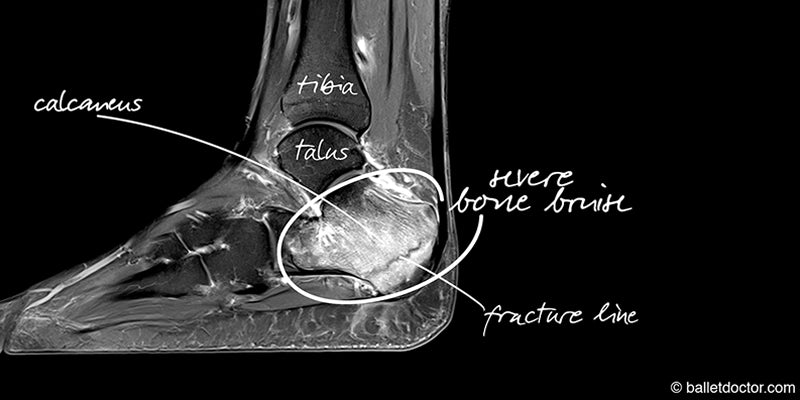
Reference: Balletdoctor.com
Stress fractures in the metatarsal and navicular bones can cause pain in the foot arch, ranging between mild to severe. A stress fracture will present with some level of swelling in the area of the fracture which increases with activity and decreases with rest.
Treatment usually involves rest, ice to reduce pain and inflammation, elevation to reduce swelling, and supportive devices such as braces or crutches to support healing. Medication can be prescribed to relieve pain and if the fracture fails to heal, surgery can be indicated.
3. Muscle Strains
The group of muscles which support the arches can be divided into two different groups. The muscles which are on the top of the arch being from the front lower leg and aid in lifting the arch, and the muscles that aid in pulling the arch on the bottom of the foot – located at the back of the lower leg.
If these muscles are injured, pain will be felt in the foot arch when the foot is fully extended, or turned in or out. Depending on the severity of the strain, pain can also be felt when the foot is working against resistance.
In this case, rest is recommended, or wearing arch supportive insoles that alleviate pressure from the arch. If the pain is too intense, then pain killers will make things bearable while the muscles in the feet heal and recover.
4. Posterior Tibial Tendonitis
The tibialis posterior muscle has a highly important role in the supporting of the medial arch of the foot. Inflammation of this muscle can occur through repetitive use, such as during high impact sports (e.g. tennis, basketball and football).
Posterior tibial tendonitis can also occur as a result of trauma such as a hard fall. If this tendon becomes inflamed or even tears, it will immediately cause pain in the foot arch.
Typically the condition will present with pain which worsens during activity or when the individual is stood for an extended period of time. If left untreated, the arch of the foot can gradually collapse and cause flat feet. Treatment usually compromises of rest, ice for pain and swelling relief, orthotics and physiotherapy if required.
5. Tarsal Tunnel Syndrome
This condition can develop when the tibial nerve becomes compressed. The tibial nerve is located within the tarsal tunnel; the tarsal tunnel is found on the inner side of the ankle bone.
Tarsal tunnel syndrome can cause pain throughout the foot and sensations of numbness, along with pins and needles. Additionally, tarsal tunnel syndrome can cause sensations of feeling hot or cold along the foot arch.
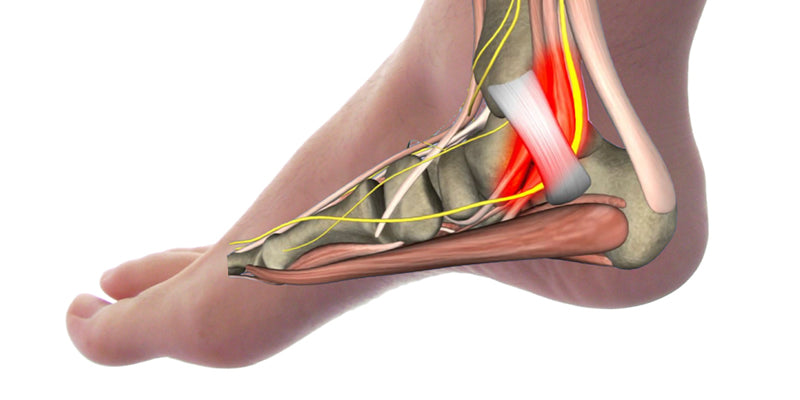
The condition is caused by factors which end up occupying space within the tarsal tunnel. This includes cysts, bone spurs and swelling as a result of injury to the ankles and tumours.
Treatments will comprise of pain relief options, rest, and exercises which focus on stretching and strengthening the foot arch. Compression bandages and injections containing steroids can be used if the pain persists. In severe circumstances surgery may need to be considered.
6. Flat Feet
Also referred to as ‘fallen arches’, flat feet is when the arch of the foot collapses and the sole of the feet make complete contact with the ground.
Naturally, most babies and young children will have flat feet and foot arches gradually form as the child grows, however, approximately thirty percent of the population never do fully develop a proper foot arch.
Many people with flat feet remain asymptomatic all their lives, however some end up suffering from pain in the arch of the foot, and problems further up their leg in the form of knee or back pain.
Podiatrists often recommend the use of orthotics, walking barefoot as much as possible and specialised exercises to rebuild strength in the foot arch.
7. Underlying Medical Conditions
Numerous medical conditions can cause pain in the foot arch such as diabetes, arthritis, obesity and pregnancy. Each of these conditions can affect the position and the challenge the strength of the bones, muscles, ligaments and tendons.
In order to effectively manage the pain in the foot arch, pain relief medication along with the use of orthotics and specialised exercises are recommended.
Final Word | Causes of Pain in the Foot Arch
In conclusion, pain in foot arch can be caused by a multitude of reasons. The pain can present in different ways, sensations and in different areas of the foot arch, but should not be left untreated.
To learn more about what causes pain in the arch of the foot, you can speak to a podiatrist or healthcare professional for more information.

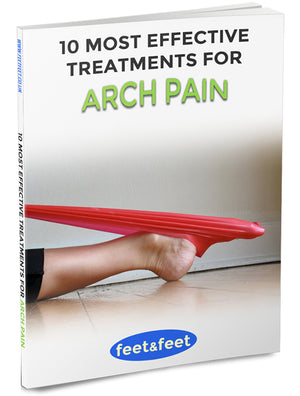
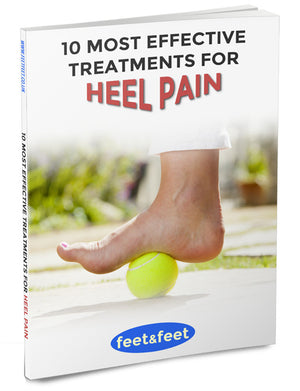


Comments
Leave a comment